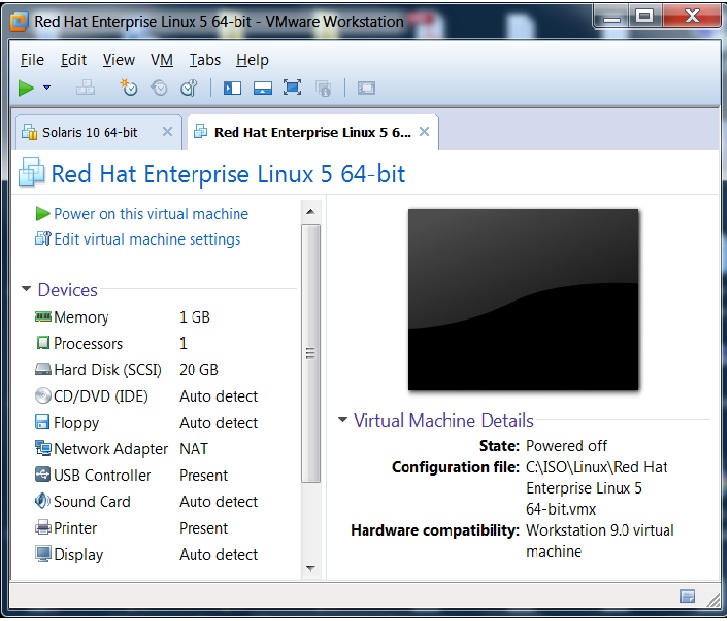

The following NEW packages will be installed:Ġ upgraded, 1 newly installed, 0 to remove and 0 not upgraded.Īfter this operation, 182 kB of additional disk space will be used. If you don’t have yum repositories setup and have standalone package file (.rpm) then you can install it using rpm -i # apt-get install telnet

Recommended read : How to upgrade package using YUM Installing a standalone package using rpm in RHEL / CentOS You can even download the only package using this command. In the above output, you can see the install process goes through stages checks, resolving dependencies, printing details, confirmation from the user, downloading, installing, verifying. Loaded plugins: amazon-id, rhui-lb, search-disabled-repos YUM will search the package with the name telnet and confirm with you before # yum install telnet For instance, if you want to install a telnet package, you are not supposed to supply a complete telnet package name which includes version, architecture, etc details in the name. YUM is smart enough to locate packages for you. Installing package from list using yum in RHEL / CentOS

If not then you should have a package file (.rpm) with you. YUM needs to be configured properly to receive package inventory from source server over HTTP/FTP etc. deb extension (Debian distribution) Package installation on YUM based system rpm extension (RedHat package manager) whereas APT based systems use packages with. Distros like Red Hat, Cent OS supports YUM (Yellow dog Updater Modified) whereas distros like Debian or Ubuntu support APT (Advanced Packaging Tool). There are many distributions in the market and they support different ways to manage packages on the system. In another post, we already saw package/patch installation in HPUX (Unix based system), in this article we will be studying package installation in Linux. Under which he needs to install, remove, upgrade packages on the system. One of the sysadmin tasks in Linux administration is package management.


 0 kommentar(er)
0 kommentar(er)
